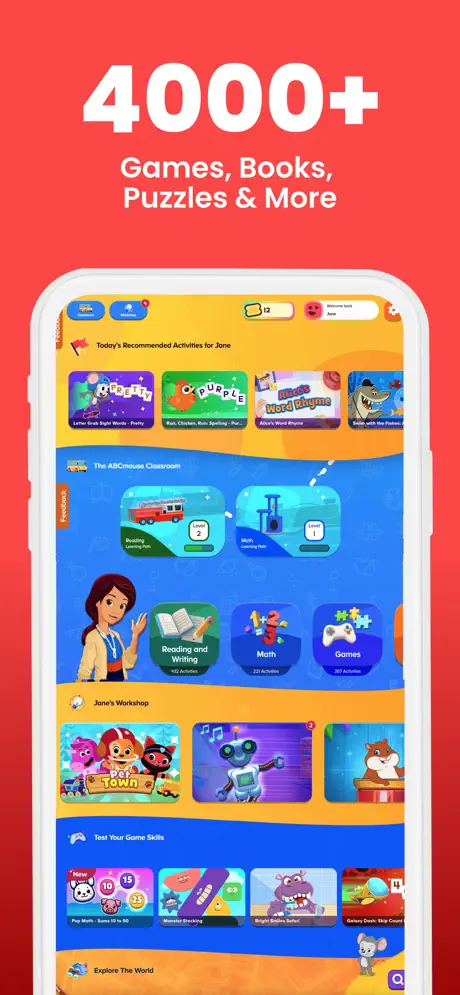It’s 8 a.m. in a home somewhere, and a toddler taps the corner of a tablet, eyes lit up with delight. The screen is flashing cartoons and colors. It is counting. It is clapping when the right alphabet is tapped. And somewhere between giggles and grape juice, learning sneaks in quietly. That’s the new normal. That’s the kids education app at work.

We’ve all heard the debates. Screens are too much. Screens are too small. But somewhere beyond the binary, something remarkable is happening.
If you’ve ever sit beside a child navigating their first kindergarten learning games, you’ll see this isn’t just about games or even gadgets. It’s about exploration. Something that is fun and doesn’t feel like a chore but an adventure they can embark on everyday.
1.Kids Can Learn Better Outside of Traditional Classrooms
What make kids learning games different from flashcards or worksheets? In a word: joy.
Children don’t learn as we learn; they don’t learn best by sitting still or absorbing information passively. They learn by touching, trying, failing, laughing, and repeating. And today’s best educational tools understand that. And yet, it builds something bigger—fine motor skills, memory recall, pattern recognition.
2.The Dilemma of Parents
No can tell you better than a parent how tricky it is to balance screen time with real-time connection. But the truth, whether good or bad, is, we don’t live in a screen-free world. We live in a screen-filled one. So the real question should be: what are those screens doing for our children?
Educational games offer an answer that feels hopeful. Instead of zoning out, kids can zone in. Instead of endless scrolling, they get goal-oriented play—alphabet tracing, puzzle solving, counting coconuts. When chosen wisely, these apps can act as gentle co-educators, reinforcing what’s learned at preschool or daycare, and doing it in a way that feels organic rather than forced.
3.Choosing the Right Apps
Of course, not every app deserves a gold star. The kids education app space is crowded, and not all digital content is created with care. Some apps are thoughtfully crafted with developmental psychology, classroom experience, and storytelling at their core.
The trick isn’t to avoid screens, it’s to choose the right ones. Look for apps that looks out for your child’s abilities. Ones that include diversity in voices and stories. Ones that ask kids to think, not just tap.
4.The Future Isn’t Digital or Analogue. It’s Both.
The rise of educational apps for kids doesn’t signal the end of traditional learning—it marks the beginning of something more flexible, more customised, more children friendly. It parents families tools and it gives kids a fun game time that is secretly a learning time. And maybe most importantly, it gives learning a chance to happen anywhere.
These apps aren’t trying to raise geniuses overnight. They’re trying to raise learners—curious, confident, willing to make mistakes and try again. Isn’t that what education is really about?
And this is perhaps the most exciting part: we’re no longer forcing children to fit into learning, we’re letting learning fit the child.